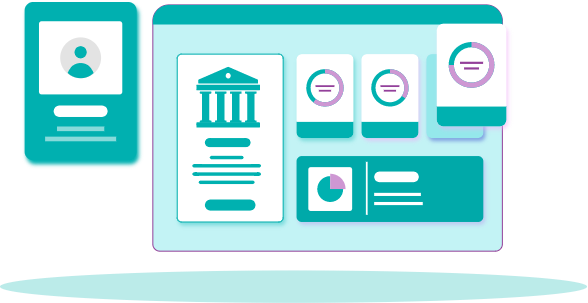Personalizing customer interactions in this context is not just sending a personalized message or having a relationship manager associated with the customer. The purpose of this is to provide a complete personalized experience that extends far beyond the typical bank-customer exchange.
On the customer side, the ability to personalize banking experiences is a key expectation among bank customers. Customers are happily willing to pay for the services based on the value they get from the bank. As per Capco research report, 72% of customers rate personalization as “Highly Important”.2
Banking systems have traditionally been rigid, making it difficult for them to take advantage of this opportunity. The implementation of personalization has been challenging, and whatever progress has been made has been mainly through bank-led personalization strategies, where the choice of the customer is limited. Banks have been able to bundle products to some extent which has helped them get closer to a dynamic segment, but the holy grail of “segment of one” has been forever elusive.
Tailor-made relationships help banks create a more powerful and impactful personalized experience for their banking customers. This helps the banks differentiate themselves from their competitors. Technology has made it possible for customers to select, define and personalize experiences by consuming products and services that enrich their banking relationship for a truly bespoke experience. Here the customers are provided with the option to choose from the bank’s existing portfolio of products and services to create the package that meets their requirements. They empower customers to customize their packages or bundles from the available set of products and services. This self-service model in banking ensures customers get what they want and how they want it. Further, it allows the customers to choose from the price points/rates that match their anticipated consumption.
